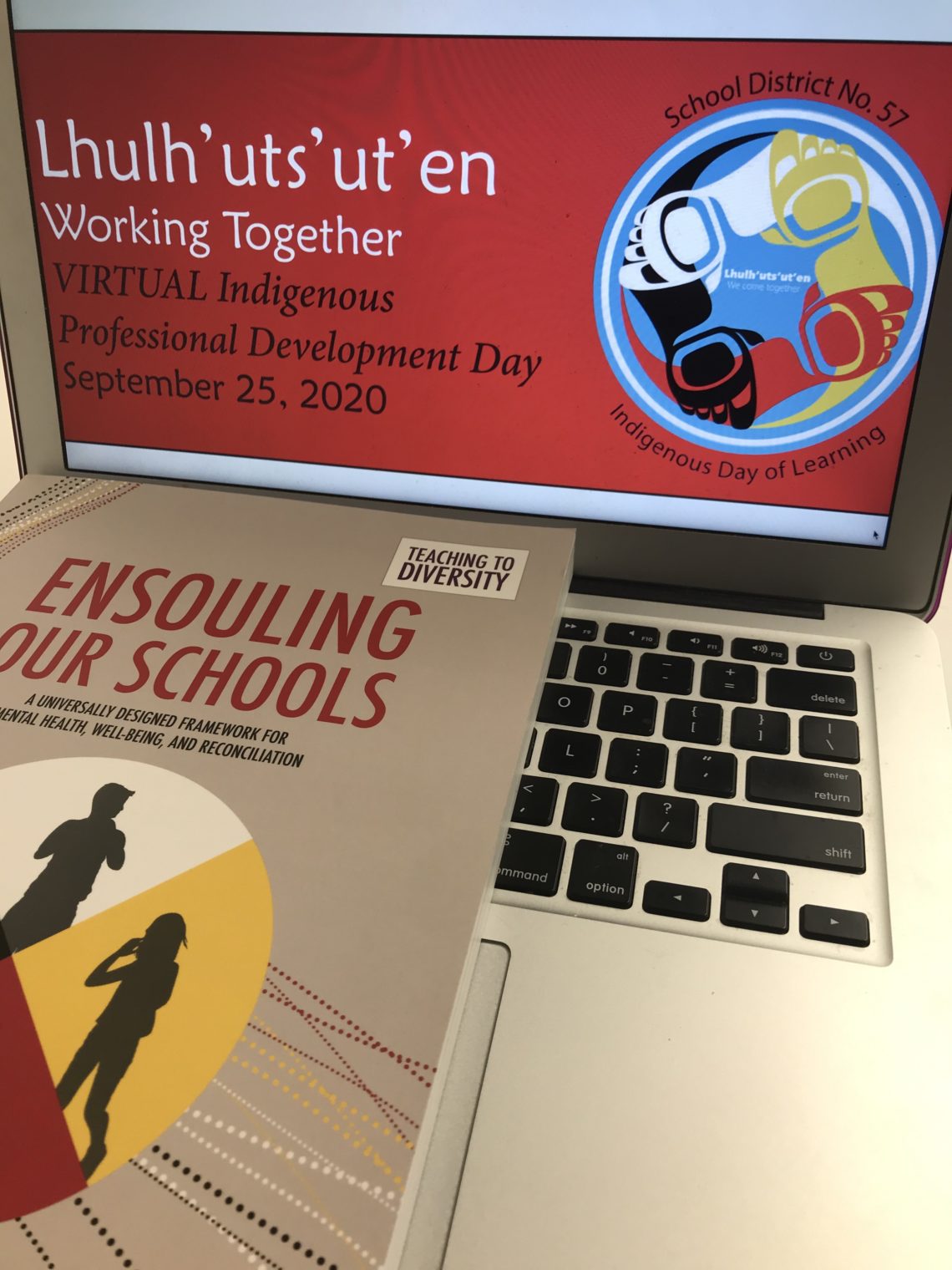As a pre-service teacher candidate, I was delighted to have the opportunity to attend SD57’s Lhulh’uts’ut’en Pro-D day. Through this learning experience I believe I left the event with a some major takeaways that will support me in my journey to become a successful educator. Most of my reflection about this day focuses on one of the sessions led by a survivor of the Lejac residential school. During his session, he shared his own experience with us, and spoke about lasting impacts of intergenerational trauma that these experiences had on many Indigenous families. One of the questions that I asked the presenter, was if he had any advice for new educators on introducing this topic into our classrooms. His answer was to ensure consideration of age appropriateness when discussing trauma with students. He elaborate on how, for younger students, the idea of children being separated from their parents is traumatizing. Especially to those who may have experiences with this.
Reflecting on his words, what I began to focus on was the idea of introducing sensitive topics into a classroom. How could this influence the motivation of the learners and, ultimately, influence the design for learning? Last year, a key focus to our learning was realizing the critical role that relationships have in the way we understand our students. When thinking about what influences a student’s motivation to learn I think that something we must take into account, is not just the experience of the student, but also how the experience of their families and their cultures play a role in that motivation.
Teacher awareness of social and emotional needs within the classroom is already an area of high importance, but I believe that this becomes even more critical when working with individuals who experience the effects of intergenerational trauma. After reflecting on these ideas, my big question has become: what is the relationship between trauma and student motivation, and how can we ensure that our practices are cognizant of these experiences?





